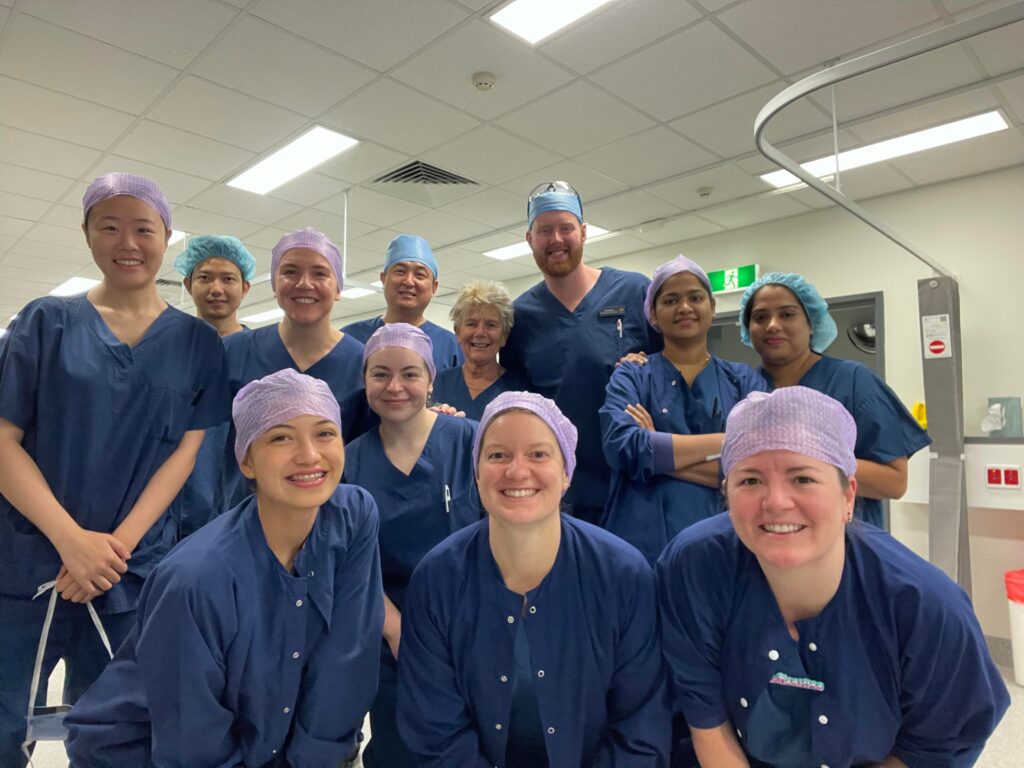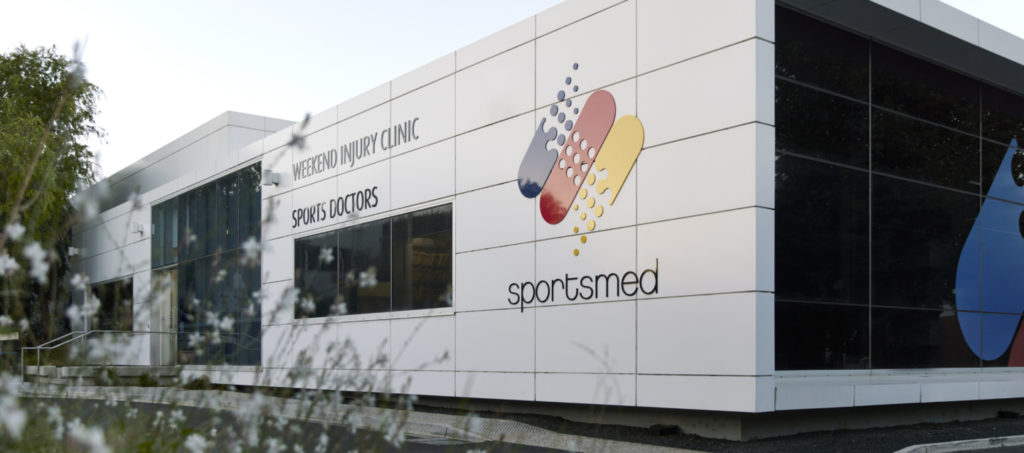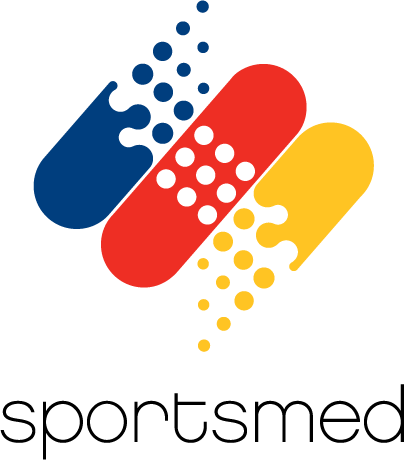Tennis elbow is a common condition which causes pain on the outside of the elbow. The condition involves acute or chronic inflammation of the tendons that join the forearm muscles on the outer elbow (lateral epicondyle). It can be caused by acute trauma to the site or brought on by overuse and is termed lateral epicondylitis.
signs and symptoms
Tennis elbow can cause pain that travels down the outside of the elbow to the forearm and wrist, and discomfort with gripping and lifting with wrist extension. There can be localized tenderness, weakness of the forearm and difficulty holding heavy items in the hand.
Morning stiffness and an inability to complete simple tasks, such as opening a door handle or shaking hands can also be signs of tennis elbow.
common causes
Tennis elbow is often caused by overuse and the repeated contraction of the forearm muscles that are used to straighten and raise the hand and wrist. Repeated motions and stress to the tendon tissue may create a series of tiny tears in the tendons on the outer elbow.
The condition can also occur as a result of overexertion, a direct blow to the outer elbow, a sudden powerful pull or forceful extension.
Conditions such as diabetes, smoking and age impair tendon healing.
treatment – non-operative
There are a variety of treatment options for tennis elbow and the majority of people will experience spontaneous healing of the tendon, but the recovery is often prolonged.
Rest
Resting from tasks that provoke the symptoms for a period of time is a sensible treatment to avoid aggravating the condition.
Ice
In the early stages of the condition, an ice pack can be applied to the elbow for 30 minutes, three times a day and for 15 minutes after active use.
Medication
Pain-relieving and anti-inflammatory medication and creams may be prescribed to decrease pain and inflammation.
Physiotherapy
Physiotherapy can also limit pain and offer relief. A sportsmed physiotherapist will provide strengthening and stretching exercises and techniques to avoid stiffness, assist with rehabilitation and protect from re-injury.
Support Brace
sportsmed may suggest using a brace to support the elbow and reduce tension on the inflamed tendon. This is called a counter-balance brace.
Ultrasound
Shockwave treatment via an ultrasound called ESWT is an option, but currently there is little evidence of a proven therapeutic benefit.
Corticosteroid Injections
Corticosteroid injections are administered at the inflamed lateral epicondyle and will often deliver immediate symptomatic improvement. However, there is a very high relapse rate and multiple repeat injections are not recommended.
Autologous Blood or PRP Injections
Blood is drawn from your vein and the active growth agents are isolated and reinjected at the site of tendon damage. The aim is to stimulate healing. This treatment can initially increase pain and is followed by a six-week recovery period.
treatment – surgery
If conservative treatments fail to resolve symptoms after six months, surgery will be considered. Surgery involves removal of the damaged scarred tissue and re-attaching the tendon to the bone.
recovery
Recovery from tennis elbow surgery can take several months. Light physical activity and duties can be undertaken after two weeks, but full resumption may take six months.
sportsmed patients will undergo a rehabilitation program and will be advised to return for regular evaluation to monitor progress.
Our orthopaedic surgeons provide detailed hospital discharge information and instructions to adhere to and assist in the recovery following surgery. The helpful hospital staff are available 24 hours a day for advice during your recovery.
risks and complications
As with all surgical procedures, tennis elbow surgery does involve some risks. While your surgeon will take every precaution necessary to minimise risk, complications can occur that may have permanent repercussions.
Some specific risks related to tennis elbow surgery include:
- Healing maybe incomplete
- Excessive bleeding can occur
- Infection
- Nerve irritation or damage causing numbness
- Scarring from surgery may be painful
contact
This fact sheet is a brief overview of tennis elbow, produced by our Shoulder, Elbow, Wrist and Hand Surgeon Dr Nick Wallwork. To make an appointment or enquiry with Dr Wallwork or one of our upper limb specialists, contact 08 8362 7788 or email ortho@sportsmed.com.au.



